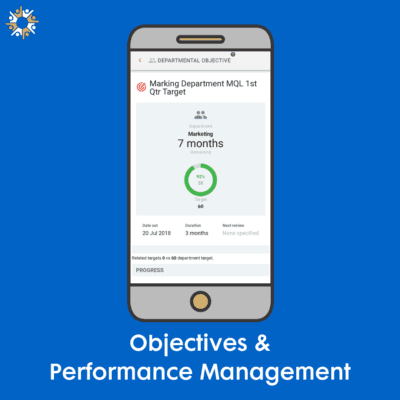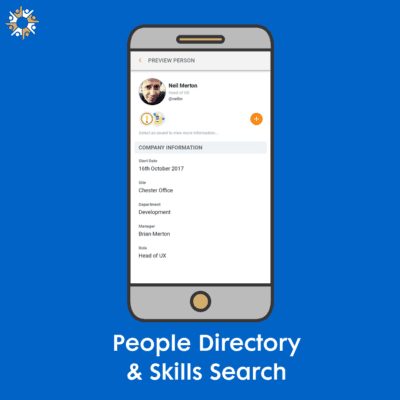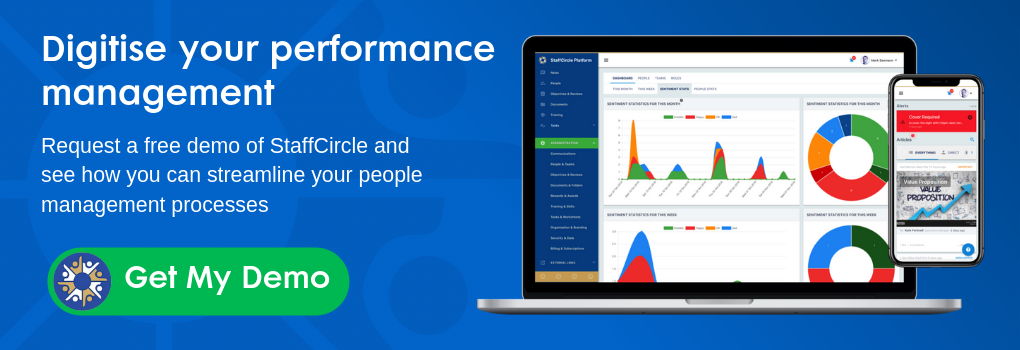Employee engagement is a metric that every company in the UK should be monitoring. That is especially true in industries facing significant skills shortages where there are more vacancies than skilled workers to fill them.
Industries heavily reliant on skilled engineers or technicians fall squarely into this category. With the current skills crisis and an increasingly mobile workforce, manufacturing companies should pay attention to employee engagement and planning future workforce engagement strategies. Here are five solid reasons why…
1. There could be a shortfall of 1m engineers in the UK by 2025
Demand for engineering talent within the UK is on the rise. Each year, 124,000 engineers and technicians with core engineering skills are required, and 79,000 engineering related roles arise. That’s a total of 203,000 people with level 3 engineering skills needed every year to meet current demand, reports Engineering UK.
Based on current estimations there is a 59,000 annual shortfall of engineering graduates and technicians entering the job market. Such a deficit results in a “candidate-driven market”, where new entrants into the workforce have multiple roles open to them and can afford to be more selective about the offers they take. As such, companies looking to recruit new talent need to think about more than just salary and benefits and start managing the employer brand and workforce culture.
2. Culture is critical when deciding to remain in or accept a new role
Research from The Hay Group found that company culture is the “second most influential factor after pay and benefits when an engineering professional decides to stay or accept a new role”.
When your skills are in high demand, and there are plenty of vacancies available, being more selective about the jobs one takes is only natural. Where pay and benefits are equal, how else will individuals assess whether to commit to one company or another?
Cultivating an engaged workforce with a supportive and (positively) challenging culture is not something that can happen overnight. It requires consistency of effort rather than a fly-by-night management initiative featuring a few posters in the break room.
One way of keeping workforces engaged, especially in multi-location businesses where siloed working can present challenges, is through the use of a company app. Company apps which all employees can access via their smartphone provide a new communications channel through which employees receive consistent internal communications while also having the opportunity to interact with colleagues to form a broader, work-based community.
3. Half of millennials would leave a role due to lack of appreciation
Expectations about work are changing. Where there was once a reasonable expectation of having a “job for life”, those entering the workforce today do so with no such expectation and have even been called “The Job-Hopping Generation“.
A survey by Manpower Group found that half of the millennial respondents said they would consider leaving a role due to a lack of appreciation. Showing appreciation doesn’t require great fanfare; a simple “thank you” can suffice.
When thinking about how to create a culture of appreciation, you also want to consider training and development plans. Providing career pathways and sharing development goals demonstrates that a level of investment in the individual which is hard to ignore.
4. Globally, only 13% of employees feel they are engaged
Gallup’s 2016 global Employee Engagement study found that just 13% of employees feel they are engaged in their work. When employees are disengaged, employee retention falls.
As we’ve already identified, the demand for skilled engineering talent is on the rise, and the workforce is increasingly happy to seek out new opportunities. Employers are having to work harder to both retain existing talent and attract new talent. All the while, we know each employer who actively manages their levels of employee engagement can increase productivity and reduce employee churn.
So, why are companies so bad at doing this?
5. 75% of employees say their personal technology has changed their expectations of work technology
One reason for the lack of active employee engagement across the manufacturing and engineering sectors is down to the employee experience gap. Employees manage all aspects of their life via their smartphones; banking apps, entertainment apps, social media, price comparison sites, and travel apps are making our lives smarter and more connected. Why aren’t we doing the same with work?
Progressive, forward-looking companies are embracing the opportunities that mobile platforms provide for communicating and engaging with their workforce. A company app, through which all employees can see a personalised news feed, manage essential tasks and documents, request holidays, and monitor performance and development plans, is a straightforward and familiar way of introducing a new workforce engagement tool.

Using mobile tools to engage your workforce
There are many benefits of using a branded mobile app to reach your workforce, especially when they are non-desk based.
Consistent corporate communications
Remove disruptive silos from your workplace and share updates with the whole organisation in real-time.

24/7 performance management
Put the power to manage performance directly in the pockets of your employees. Empower staff to manage their personal development profiles directly through the app.

People directory and skills search
Streamline the process of finding staff and identifying skills within your organisation with a simple to use people directory.

Bring corporate values to life
Make the process of rewarding and recognising colleagues as simple as a click, click, reward. Align corporate values to app-based rewards to extend your values throughout the organisation.

Discover how StaffCircle can unify your people with an all-in-one internal communications, performance management, and people management tool designed for desk and non-desk. Book a StaffCircle demo today workers.
Photo by Goh Rhy Yan on Unsplash






